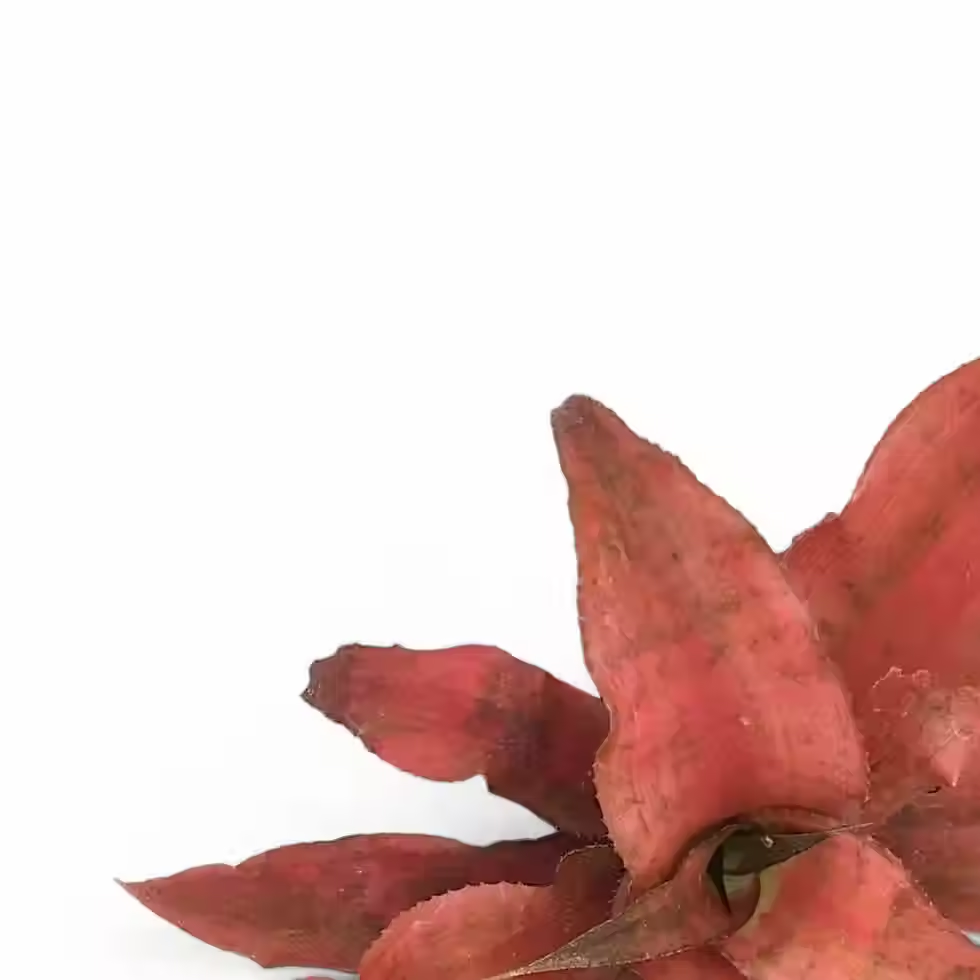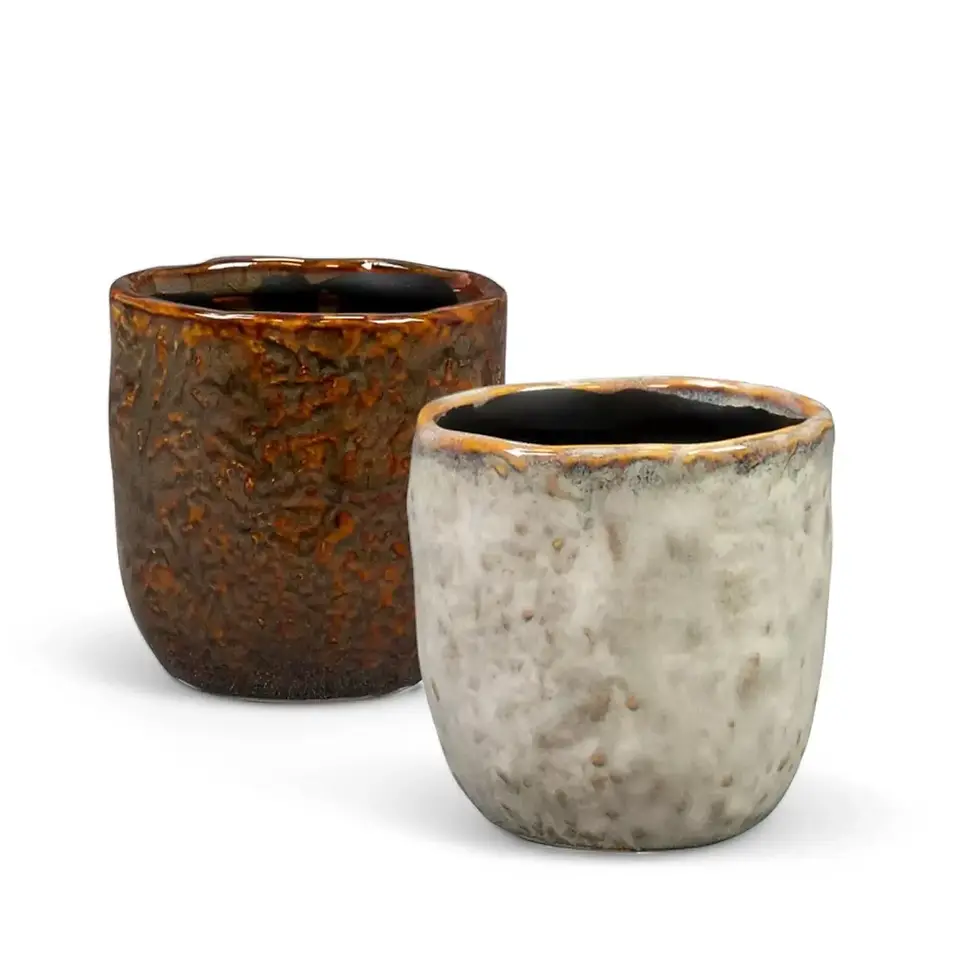Philodendron 'Red Beauty' - Care Guide and Growing Tips
Philodendron 'Red Beauty' is a stunning hybrid known for its deep red emerging leaves that mature into a rich, glossy green with subtle burgundy undertones. Its self-heading growth habit ensures a compact, upright shape, making it ideal for shelves, tabletops, or floor displays. Unlike vining philodendrons, this variety does not require support, maintaining its lush, bushy form as it matures. With minimal care requirements and a tolerance for various indoor conditions, 'Red Beauty' is a bold choice for plant lovers seeking striking foliage without high maintenance. Whether placed in bright, indirect light or adapted to medium light, this Philodendron remains a statement piece in any collection.
Key Features and Benefits of Philodendron 'Red Beauty'
- Eye-Catching Foliage - Deep red new growth transitions into green with striking reddish undersides.
- Self-Heading, Compact Form - Non-trailing, ideal for standalone displays.
- Low-Maintenance - Adaptable to indoor conditions, requiring minimal care.
- Great for Urban Homes - Thrives in apartments and offices with controlled lighting.
- Tolerates Lower Light Conditions - Although best in bright, indirect light, it can adjust to moderate lighting.
- Pet Caution - Toxic to pets and humans if ingested due to calcium oxalate crystals.
Essential Plant Insights
Philodendron 'Red Beauty' is a hybrid variety derived from tropical species native to South and Central American rainforests. These regions maintain high humidity (60-90%), temperatures between 20-30°C, and receive consistent rainfall. Indoors, this plant remains compact, reaching 60-90 cm in height and spread while maintaining a tidy structure.
Growth Habit and Rate
Growth Habit: Self-heading, non-climbing, bushy.Growth Rate: Moderate - develops new leaves consistently with proper care.Toxicity: Contains calcium oxalate crystals, making it toxic if ingested.
How to Care for Philodendron 'Red Beauty'
Placement and Light - Best in bright, indirect light, but adapts to medium light. Avoid direct sun, which can scorch the leaves. Rotate the plant occasionally to encourage even growth.
Watering - Allow the top 2-4 cm of soil to dry before watering. Water thoroughly until excess drains from the bottom. Reduce watering in colder months when growth slows.
Humidity and Temperature - Thrives in 50-70% humidity but adapts to lower levels. Prefers temperatures of 18-28°C; avoid cold drafts.
Soil Requirements - Requires well-draining, nutrient-rich soil with aeration. Ideal mix: perlite, orchid bark, and some coconut coir for moisture balance.
Repotting and Pot Choice - Repot every 1-2 years when roots become crowded. Choose a pot with drainage holes to prevent root rot.
Fertilizing - Use a balanced liquid fertilizer monthly during active growth. Avoid over-fertilizing to prevent salt buildup and leaf tip burn.
Propagation - Easily propagated via stem cuttings placed in water or soil. Ensure cuttings have at least one node for successful rooting.
Common Problems and Solutions
- Pests - Spider mites, thrips, and mealybugs can attack weak plants. Treat with neem oil or insecticidal soap if infestation occurs.
- Root Rot - Prevent by using a well-draining mix and avoiding overwatering. If roots appear mushy, remove affected parts and repot.
- Leaf Issues - Yellowing leaves indicate overwatering; brown tips suggest low humidity. Adjust care practices accordingly.
Etymology
The genus Philodendron comes from the Greek words philo- (love) and dendron (tree), referencing its affinity for growing around trees in the wild. 'Red Beauty' is a cultivar named for its distinct red-hued foliage.
FAQs about Philodendron 'Red Beauty'
1. Can Philodendron 'Red Beauty' survive in low light? - Yes, but growth will slow, and new leaves may appear smaller.
2. Is it suitable for hydroponic growing? - Yes! It can thrive in semi-hydroponic setups like LECA with proper nutrients.
3. How can I encourage faster growth? - Provide bright, indirect light, consistent watering, and regular fertilization.
Order Now!
Bring Philodendron 'Red Beauty' into your home today! Shop now for a stunning, easy-care plant that adds tropical charm to any indoor space.
Philodendron 'Red beauty'
Philodendron 'Red Beauty ' is approximately 100 cm tall and comes in a ⌀ 27 cm pot

























































